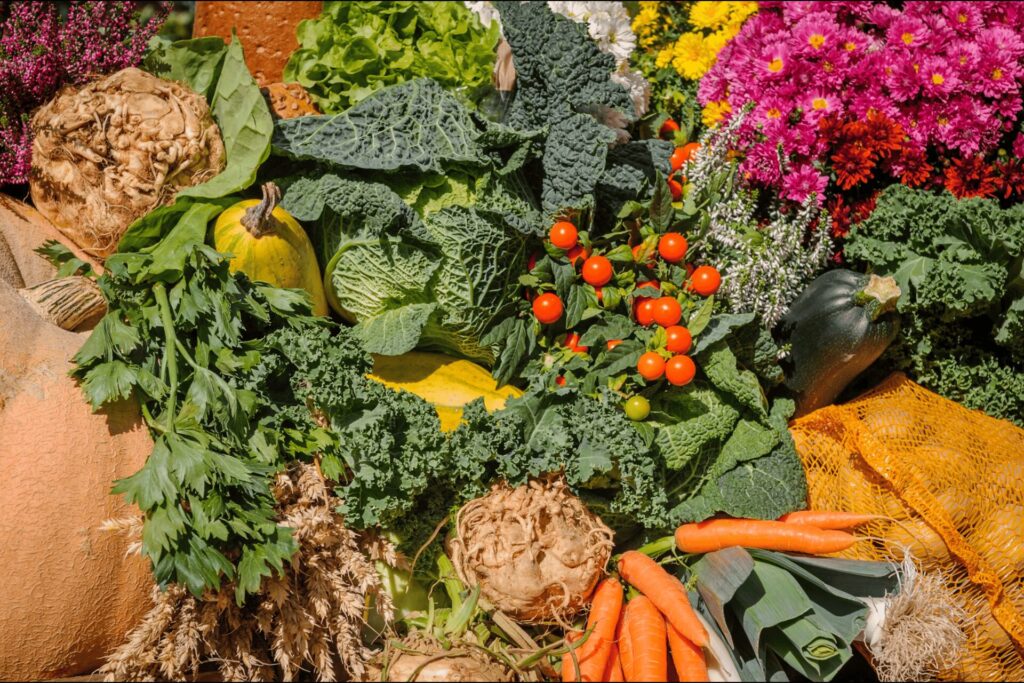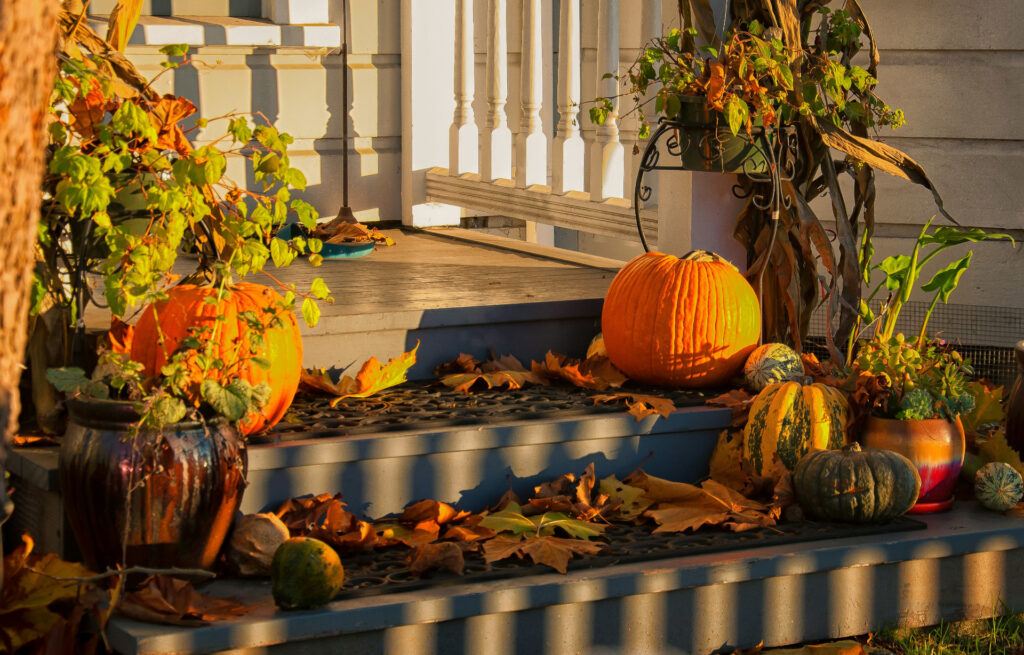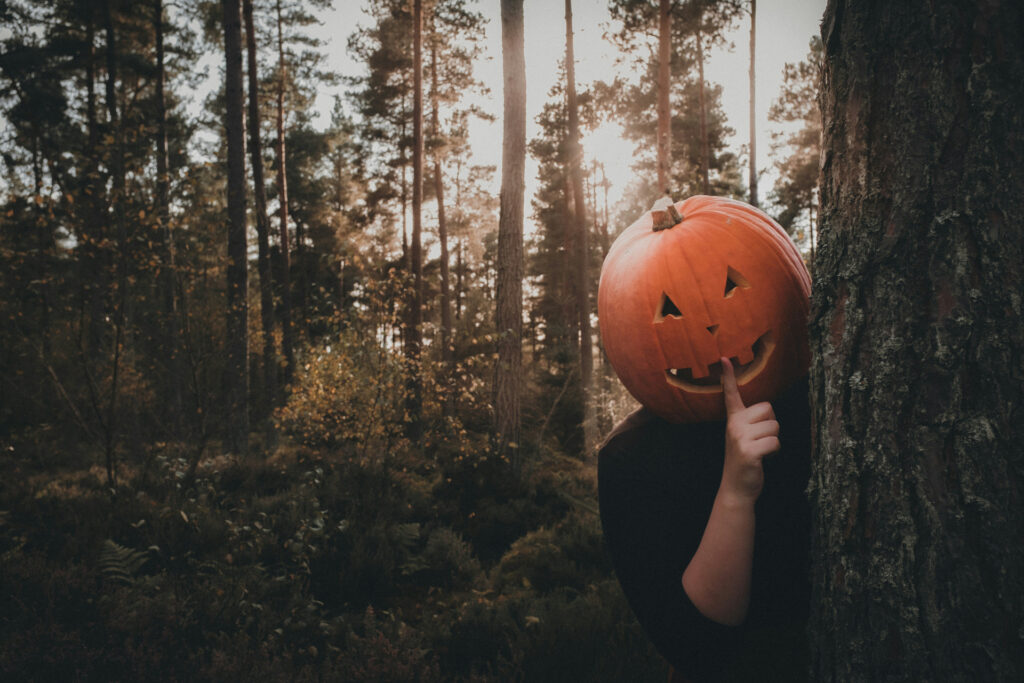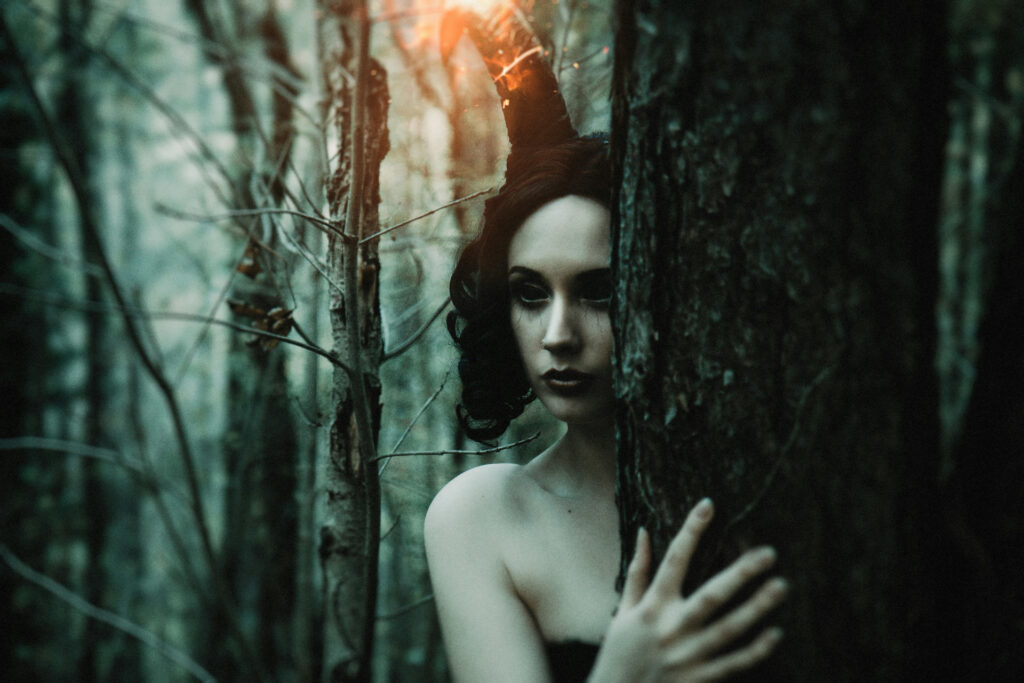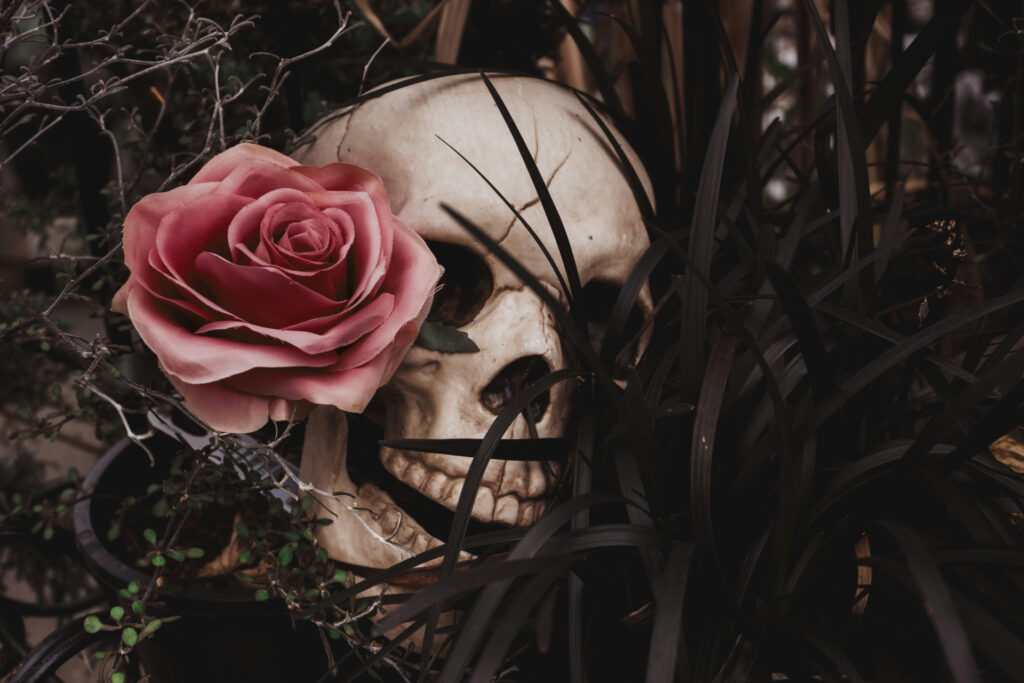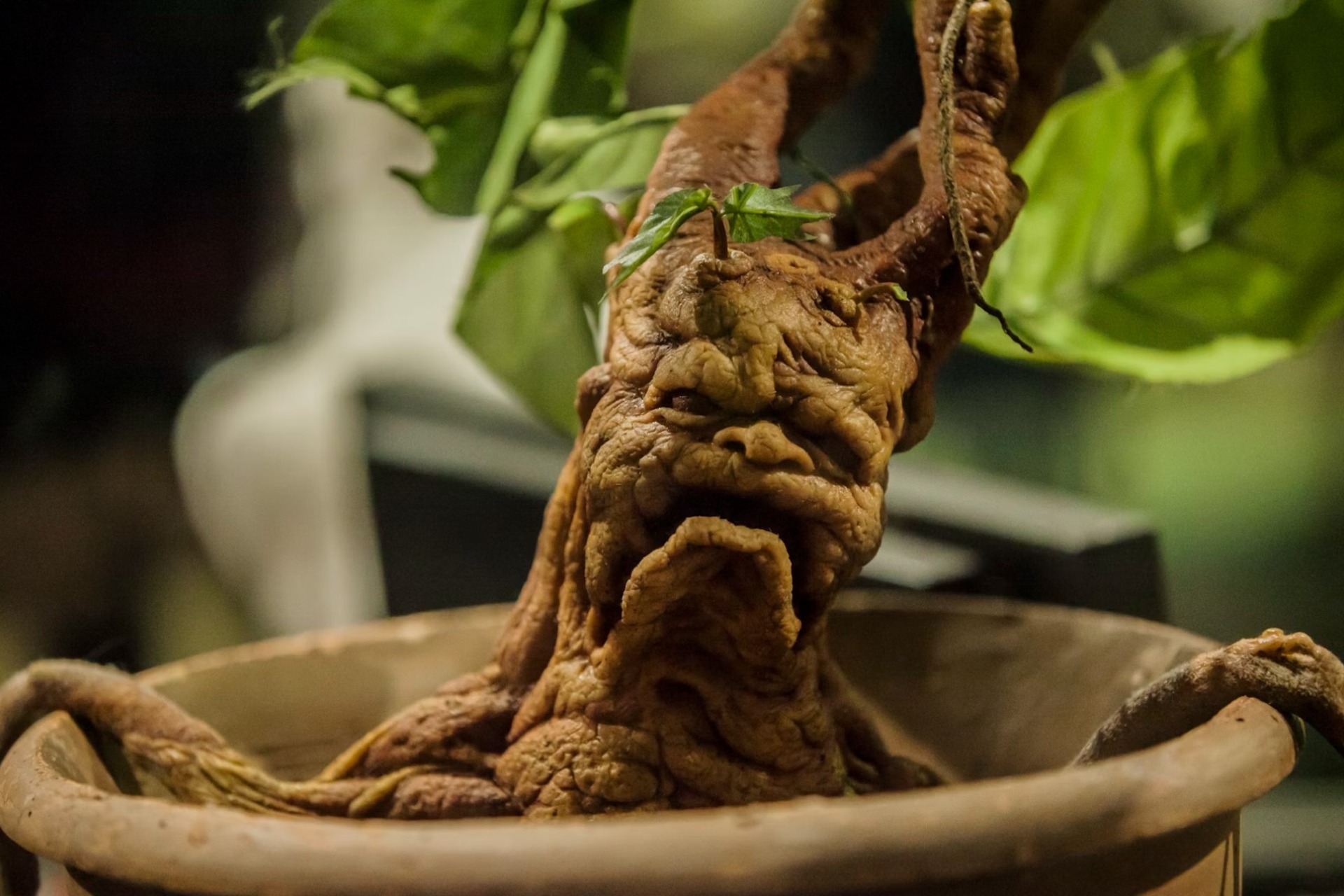
We are reader-supported. When you buy through links on our site, we may earn an affiliate commission.
You’ve carved your pumpkins and decorated your home with spiders for Halloween. Far from the cheerful sunflowers, an entire world of flora exists that seems built for the macabre. We peel back the soil to expose creepy and weird plant facts that science has unearthed. Prepare to be unnerved.
1. Wolfsbane
Wolfsbane is a beautiful flowering plant that comes in blue, purple and yellow shades. However, beneath its stunning exterior lies a deadly secret. This plant contains aconite, a toxic compound found in its leaves, stem, roots and seeds. Its name comes from the fact that it was used to poison wolves and panthers back in the day.
The plant is also heavily referenced in pop culture. For instance, in the “Harry Potter” series, tormented werewolf Remus Lupin drank a potion of this plant to control his transformations.
2. Deadly Nightshade

Belladonna, which roughly translates to beautiful lady, is one of the most toxic plants in the world. It can cause symptoms, such as vomiting, flushing, dry mouth, dizziness, and tachycardia. All parts of the plant are poisonous, and it must only be admired from a safe distance.
To eliminate this weed, it’s best to remove it by the roots. Protect your hands and arms to prevent sap from coming into contact with your skin.
3. Most Expensive Plant Sold
According to Megan Brame, the host of “The History of Plants” podcast and creator of Plantrums YouTube channel, the most expensive plant ever sold was a Monstera Deliciosa cultivar named the Devil Monster. The plant made its debut at Bangkok, Thailand and comes with a jaw-dropping price tag of 1.4 million baht, about $38,000.
4. The Plant That Killed Socrates
Greek philosopher Socrates was forced to drink a toxic potion made of poison hemlock, which resulted in his death. According to Marcus Griswold — founder of Your Bug Club — another hemlock variety named spotted water hemlock is one of the deadliest plants in North America. All parts of the plant are poisonous to humans and animals and can cause convulsions, abdominal pain, delirium, seizures, nausea and vomiting.
There are many unassuming plants that are unsafe for pets. For instance, snake plants have calcium oxalate crystals that can cause vomiting, drooling and burning of the mouth in animals.
5. Plants That Contain Cyanide
Cyanide is a toxic substance often produced by certain bacteria, fungi and algae, but is also found in your favorite plant foods. You can find it in almonds, spinach, bamboo shoots and cassava roots. This compound becomes toxic hydrogen cyanide when chewed or digested, but proper cooking can significantly reduce the food’s toxicity. When toxicity occurs, a person can experience dizziness, headaches, stomach pain and mental confusion.
6. Zombie Plants
Most plants require photosynthesis to produce their food. However, there are some that thrive on stealing from other plants. Around 4,000 flowering plant species are parasitic, extracting nutrients from other greenery.
The most common one is the dodder — an aggressive parasite without roots or leaves. A fact about this weird plant is that the seedlings must find a host within a few days or they will wither. Other examples include the ghost plant and the Australian Christmas tree.
7. Mandrakes Are Real
If you’ve watched “Harry Potter,” you’ve probably seen the man-shaped root called mandrake that screams when pulled out from the pot. While the screams are not a factual phenomenon, mandrakes exist in real life. In fact, many people take European mandrake root to help cure stomach ulcers, constipation, asthma and whooping cough.
However, it’s possibly unsafe and best avoided, as it can cause symptoms like drowsiness, confusion and vision problems.
8. The Dancing Plant
The telegraph plant is a fascinating tropical Asian shrub with leaves that move up and down. It’s one of the weirdest and most disturbing things plants can do. Even Charles Darwin was quite unsure about how this phenomenon was possible. However, modern theories suggest that leaflets move in response to light, to deter butterflies from laying their eggs or to ward off insects from consuming the plant. The scientific truth remains a mystery until today.
9. The Biggest Flower in the World

Rafflesia arnoldii, also known as the corpse Lily and corpse flower, is the largest individual flower in the world. Imagine a monstrous bloom erupting from the jungle floor. Its five leathery petals are mottled with colors of decaying flesh. The center is a cavernous maw, with a bulbous column rising from it, like raw, exposed organ meat. It’s a parasitic plant that emits heat and a scent of rotting meat. It’s one of those creepy plants with horrifying facts.
10. The Ghost Plant’s Pale Mystery
The ghost plant is a cold-hardy succulent characterized by its whitish leaves. Some weird plant facts about it are that it’s covered in pruinose covers — a powdery coating that gives it a pale look — and that it has fleshy, pointed leaves that grow along its trailing stems. This succulent thrives in sunlight. It can also be grown as a houseplant, but keep it near a south, west, or east window.
11. Mistletoe’s Dark Side
Want another plant fact that will freak you out? The Christmas mistletoe is a parasite. Its scientific name, Phoradendron, signifies thief of the tree” in Greek. This plant, which is often associated with romantic smooches during Christmas, is actually an invasive species. Additionally, it’s toxic to cats and should be kept out of the home.
12. Plants That Kill

Carnivorous plants are living organisms that lure, catch and consume insects. There are over 720 species of this type, including the Venus flytrap, sundew and the Australian pitcher plant. They thrive under bright light and high humidity. However, it can be tricky to keep alive. It’s like taking care of a pet — you need to feed it bugs. Some common pests include fruit flies, which can lay 100 eggs daily and mature within 11 to 12 days after hatching.
13. The Bleeding Tooth Fungus
Picture a patch of forest floor where a misshapen, spongy mass emerges. The cap is a sickly, fleshy white or pale pink. This is the Devil’s Tooth Fungus — a mushroom that secretes thick droplets of a viscous, blood-red fluid from tiny pores along its cap.
In some folklore, this plant is a symbol of death and decay. Some even say that if this mushroom grows near your home, it may be a sign that something negative is about to happen.
Share These Creepy and Weird Plant Facts
The journey into the most weird and creepy plant facts proves that nature’s dark side doesn’t stop at bats and spiders. Some thrive in the forest or even in your backyard. Share this chilling information with your friends and family.
FAQs About Creepy and Weird Plants
Itching to learn more strange plant facts? Get your questions answered below.
1. What’s the Scariest-Looking Plant?
The Octopus stinkhorn is one of the bizarre-looking plants in the world. With its huge red tentacles and sticky black slime, the plant reeks of rotting flesh.
2. What Is the Most Mysterious Plant in the World?
The title is often associated with a shape-shifting plant named Boquila. It can mimic the shape of live plants and even plastic plants. The mechanism used to achieve this remains a mystery to this day.
